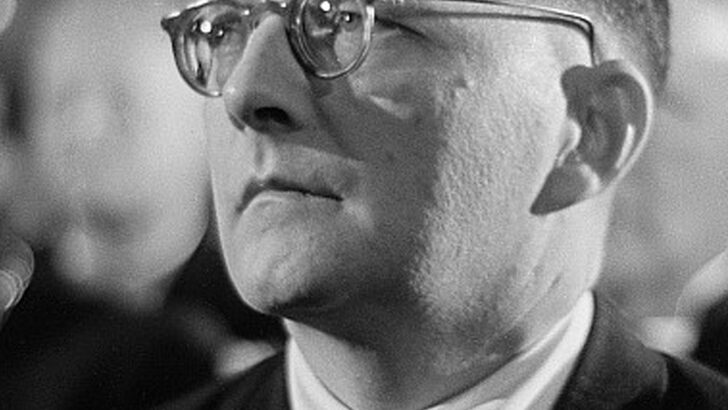A recent NSO concert at the NCH had the orchestra’s principal conductor Jaime Martín directing a Slavonic programme through music by Smetana (Vltava, a marvellous musical picture of that river as it flows through the Bohemian countryside and celebrating the composer’s bicentenary this year), Tchaikovsky and Shostakovich.
Tchaikovsky’s Rococo Variations had Madrid-born Pablo Ferrández as its expressive cello soloist and in a brief introduction in the programme booklet he pointed out that Mozart was Tchaikovsky’s favourite composer and that for him (Ferrández) the Variations “go through all the different characters that the music has to offer. It is like a mini opera, as it travels from its classical theme to the melancholic, exhilarating and passionate. It really has a variation for every mood”.
The soloist also mentioned the charm of the Variations’ incredibly beautiful melodies as well as the work being among the most virtuosic in the cellists’ repertoire making them (the cellists) feel like violinists at times.
Certainly Pablo Ferrández’ elegant phrasing had an air of refinement that portrayed an earlier era and a kind of vocalise where one could imagine elegant pirouettes twirling through his beautifully etched performance.
Shostakovich’s 10th Symphony dates from the autumn of 1953 when the former Soviet Union was still adjusting to the death of its tyrannical dictator, Josef Stalin, in March of that year.
Composition
The four-movement piece has a lengthy moderato slow waltz to begin and this is followed by a highly concentrated moto perpetuo scherzo termed in one of the BBC’s invaluable Music Guides as a “black march – the onslaught of the powers of darkness and death and where it is possible to feel that the music faces in two directions, the one affirmative, the other menacing”.
Asked if he would consider issuing a programme note on the symphony, Shostakovich replied, “No. Let them listen and guess for themselves”. But later he did admit that the scherzo, and indeed the symphony as a whole, was about Stalin. Despite that, as often as I have heard the piece the idea of Stalin has never crossed my mind.
During Stalin’s time use of the personal ‘I’ was almost exclusively reserved for him alone but with his passing Shostakovich felt he could reveal his own identity through the musical notes D, E flat, C and B in German which relate to his own initials D, S, C and H in Russian.
The four notes assume prominent positions in the allegretto-largo third movement where there is also something of Mahler, whose music Shostakovich held in high regard, and a kinship to Russian folksong. The movement may also be a memorial to the Russian dead – over 50 million of them – in World War II and to other catastrophes the vast country endured.
The symphony’s finale has a fairly lengthy andante introduction before reaching its boisterous and brilliant allegro conclusion.
Credit
Before I conclude I must refer to some exceptionally lovely woodwind playing during the NSO’s performance especially from solo clarinet, oboe and cor anglais. This was a solidly satisfying account of one of the 20th century’s symphonic masterpieces.


 Dmitri Shostakovich. Photo: Deutsche Fotothek
Dmitri Shostakovich. Photo: Deutsche Fotothek
